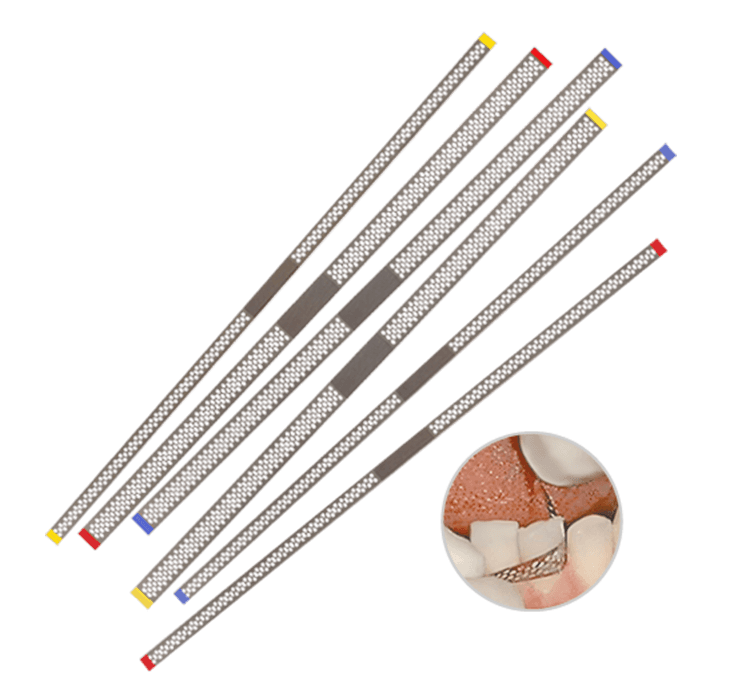What is interproximal reduction?
IPR is the selective removal of a very small amount of enamel from a predetermined number of teeth and has been used in orthodontics for many years. It is possible to reduce the width of certain teeth by up to ½ mm.
This technique enables the orthodontist to gain space to move crowded teeth and improve the contours of teeth so they fit together better during Invisalign and braces treatment.







